Professor Peter Lax , a towering figure in 20th-century mathematics whose foundational contributions to the application of computers in science and technology during the Cold War—from weapons development and aerospace design to natural disaster prediction—passed away on May 16th at his home in Manhattan, USA, at the age of 99. According to his son, Dr. James D. Lax, the cause of death was related to cardiovascular disease.
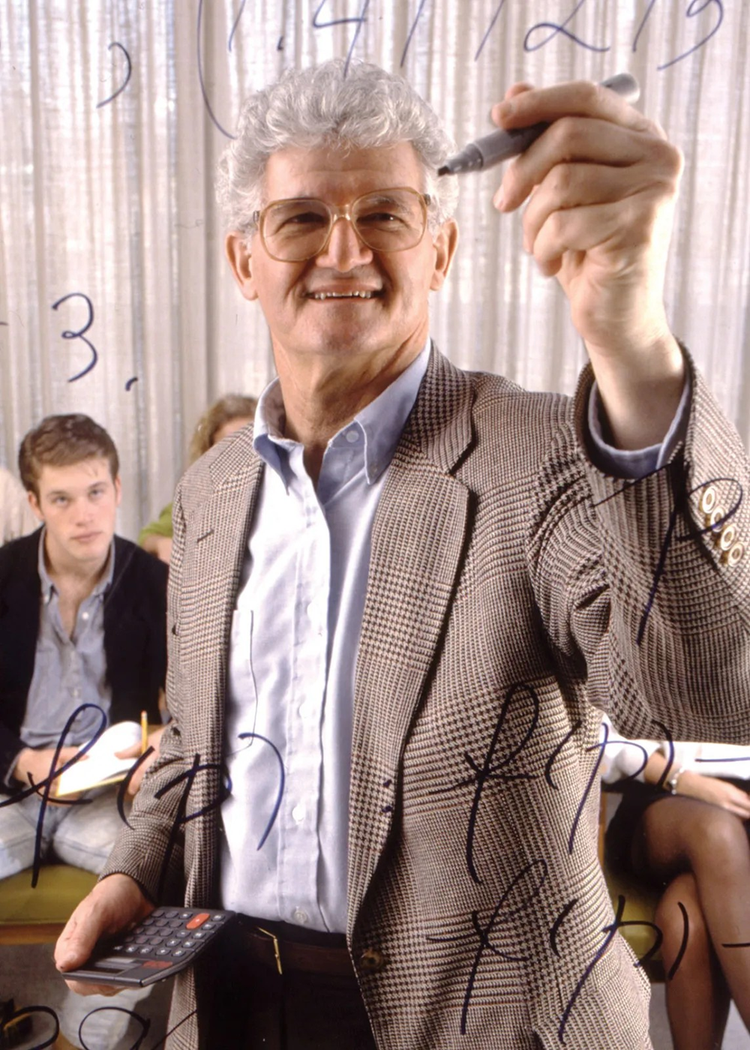
Hungarian Mathematical Prodigy
Born in Budapest, Hungary in 1926, a land known for producing countless outstanding scientific talents, Peter Lax, a mathematical prodigy, quickly demonstrated his potential. Under the guidance of the mathematician Rózsa Péter, the founder of recursion theory, young Lax rapidly connected with the renowned Jewish-Hungarian mathematical community and displayed exceptional talent in national mathematics competitions.
In 1941, at the age of 15, amidst the growing anti-Semitic sentiment in Hungary, then an ally of Nazi Germany, Peter Lax's family emigrated to the United States. This journey was made possible with the help of an American consul in Budapest. In New York, Peter quickly integrated into the community of immigrant mathematicians, including Richard Courant, who later became his teacher and important mentor.
Just three years after arriving in America, in 1944, at the age of 18, Peter Lax was drafted into the military. Fate led the young man to one of the most secret and important scientific projects in history: the Manhattan Project at Los Alamos in 1945. There, he participated in calculating complex mathematical reactions, which were essential for the development of the atomic bomb.
It was a "wonderful" and profoundly influential experience for him to work in an outstanding scientific team with diverse perspectives, aiming not at a theorem, but at a product.
The first applied mathematician to receive the award, considered the "Nobel Prize of Mathematics".
After the war, Peter Lax earned his doctorate at New York University and became a professor there. He was deeply involved with the Courant Institute for Mathematical Sciences, where he served as a researcher and later as its director (1972-1980). It was there that he became a strong advocate for the application of computers to applied mathematics and engineering.
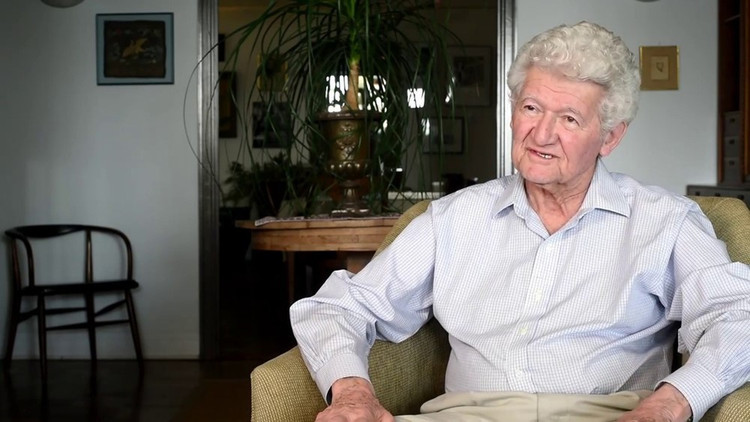
In 2005, Professor Lax became the first applied mathematician to be awarded the Abel Prize, one of the most prestigious awards in mathematics, often referred to as the "Nobel Prize of Mathematics." The award recognized his groundbreaking contributions to the theory and application of partial differential equations and to the computation of their solutions. His major theoretical works, such as the Lax Equivalence Principle, the Lax-Milgram Lemma, and the Lax-Phillips scattering theory (co-authored with Ralph Phillips), are still widely applied in wave research, aerodynamic design, and weather forecasting.
When asked about the distinction between "pure" and "applied" mathematics, Professor Lax quoted mathematician Joe Keller: "Pure mathematics is a branch of applied mathematics."
Professor Lax asserted that computers not only speed up computation but, more importantly, allow scientists to "use the whole theory" instead of having to "trim" the problem to fit manual calculation methods. However, the other half (of the speed increase) is due to intelligent algorithms, and it takes mathematicians to invent intelligent algorithms.
The mathematician with a poetic soul.
Professor Lax's contributions extended beyond academic research; he also played a crucial role in shaping science and technology policy in the United States. He served as President of the American Mathematical Society (1977-1980) and a member of the National Science Council (1980-1986). In 1982, he authored the "Lax Report," a pivotal document that shaped America's high-performance computing research strategy, having a profound impact on both civilian and military fields. Regarding this achievement, he wittily paraphrased Emerson: "Nothing can withstand the power of an idea that is ten years too late."
Throughout his life, Professor Lax was not only an outstanding mathematician but also an inspiring figure and a dedicated teacher. An interesting detail that few people know is his poetic side. He loved poetry, especially Hungarian and English poetry, and he even wrote poetry in both languages. He even summarized a mathematical result in a haiku in 1999, demonstrating the unique interplay between mathematical logic and poetic emotion within him.
In an interview, when asked about writing haiku, Professor Lax shared, "The language of mathematics is extremely concise; it's like haiku poetry." He tried expressing a mathematical idea using haiku.
"Speed depends on size"
Balance by dispersion
Oh, what solitary splendor!
Despite living through the turbulent and conflict-ridden times of the 20th century, Professor Peter Lax demonstrated that science, especially mathematics, can be a powerful bridge between theory and practice, between abstract thinking and world- changing applications. He left behind not only equations and theorems bearing his name, but also an example of tireless dedication, profound intellect, and a rich soul. His legacy will continue to inspire generations of scientists, reminding them of the beauty, power, and responsibility of knowledge.
Source: https://khoahocdoisong.vn/chan-dung-gs-peter-lax-than-dong-toan-hoc-the-ky-xx-post1543028.html








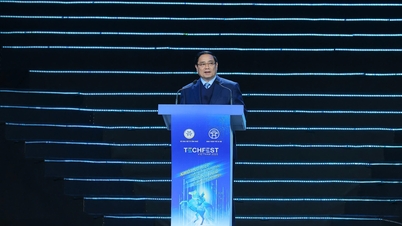

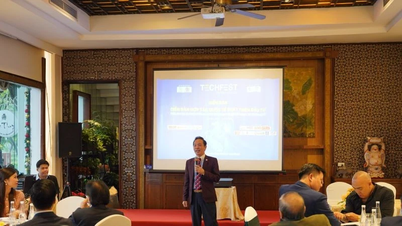



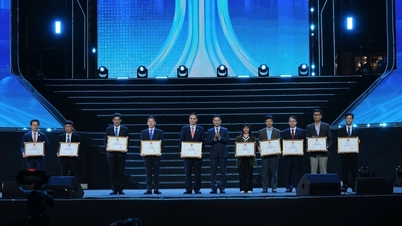








































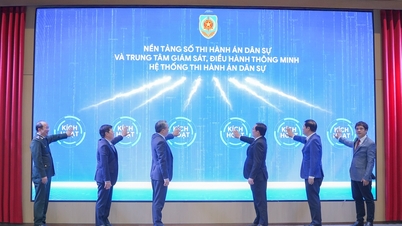



















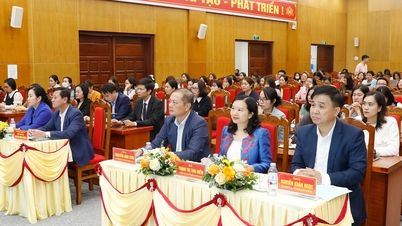


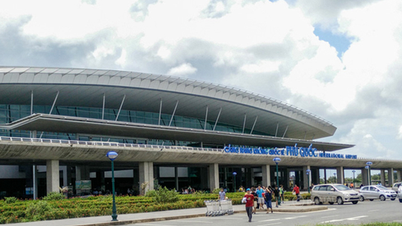
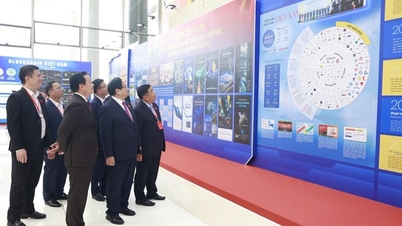























Comment (0)